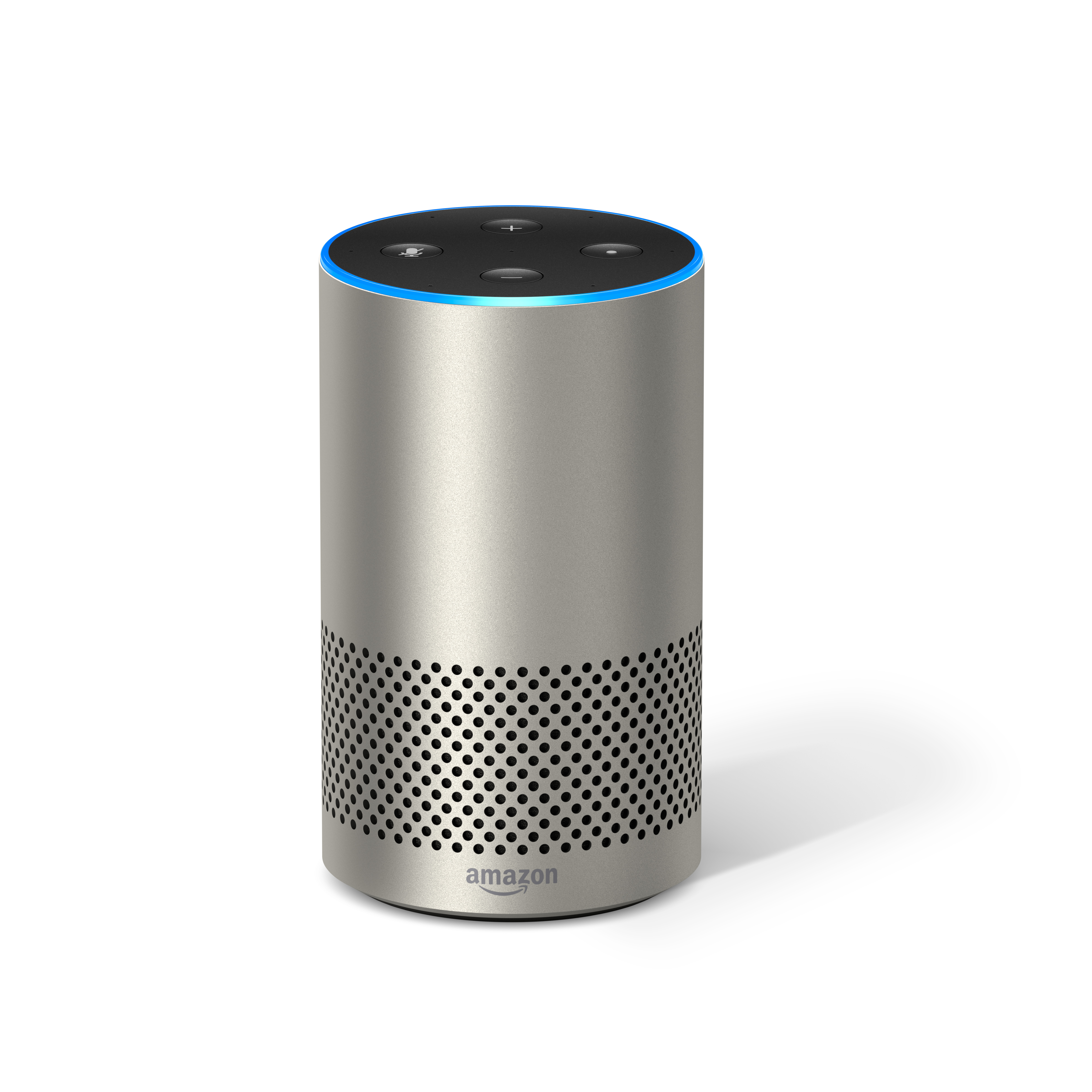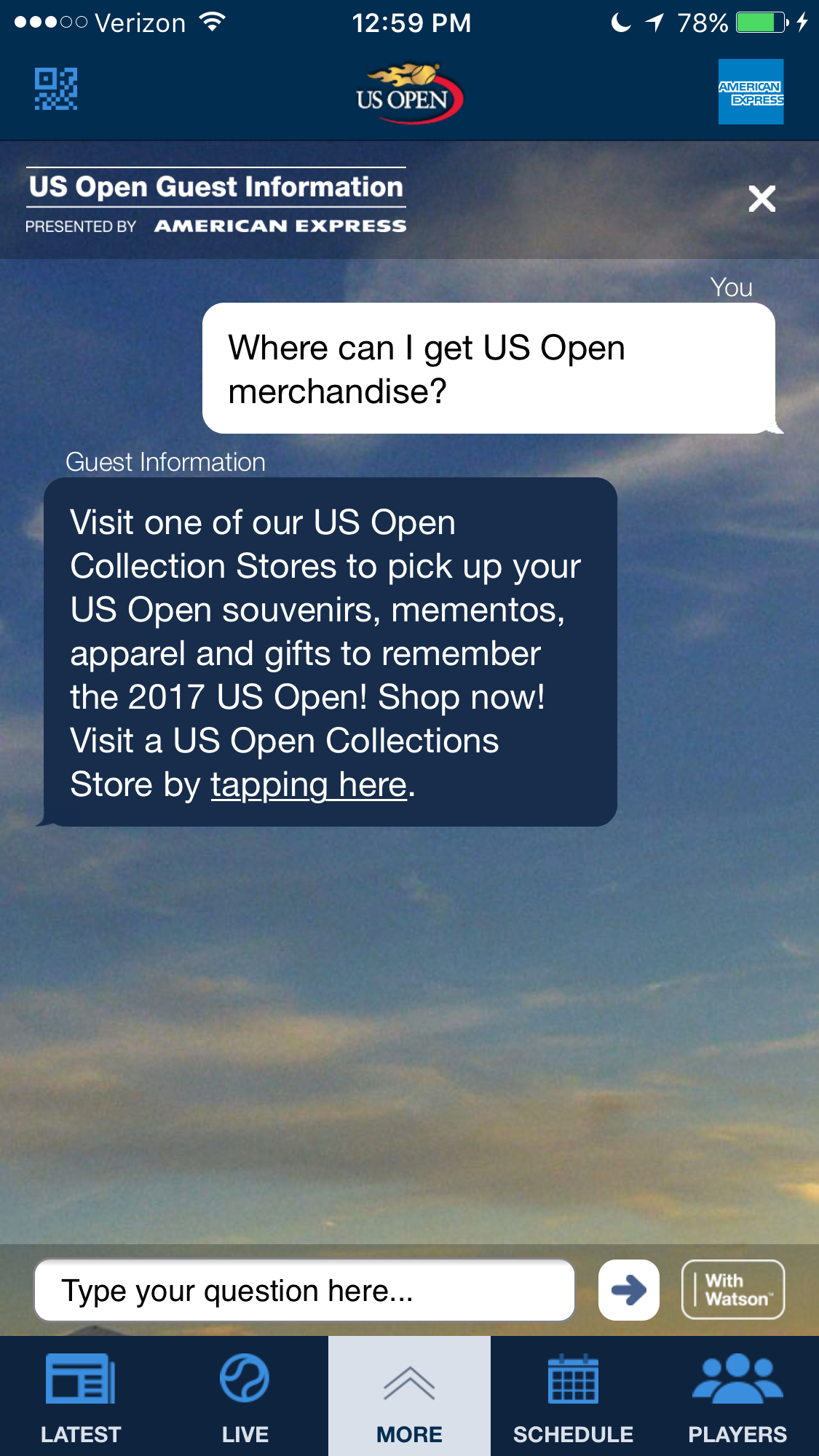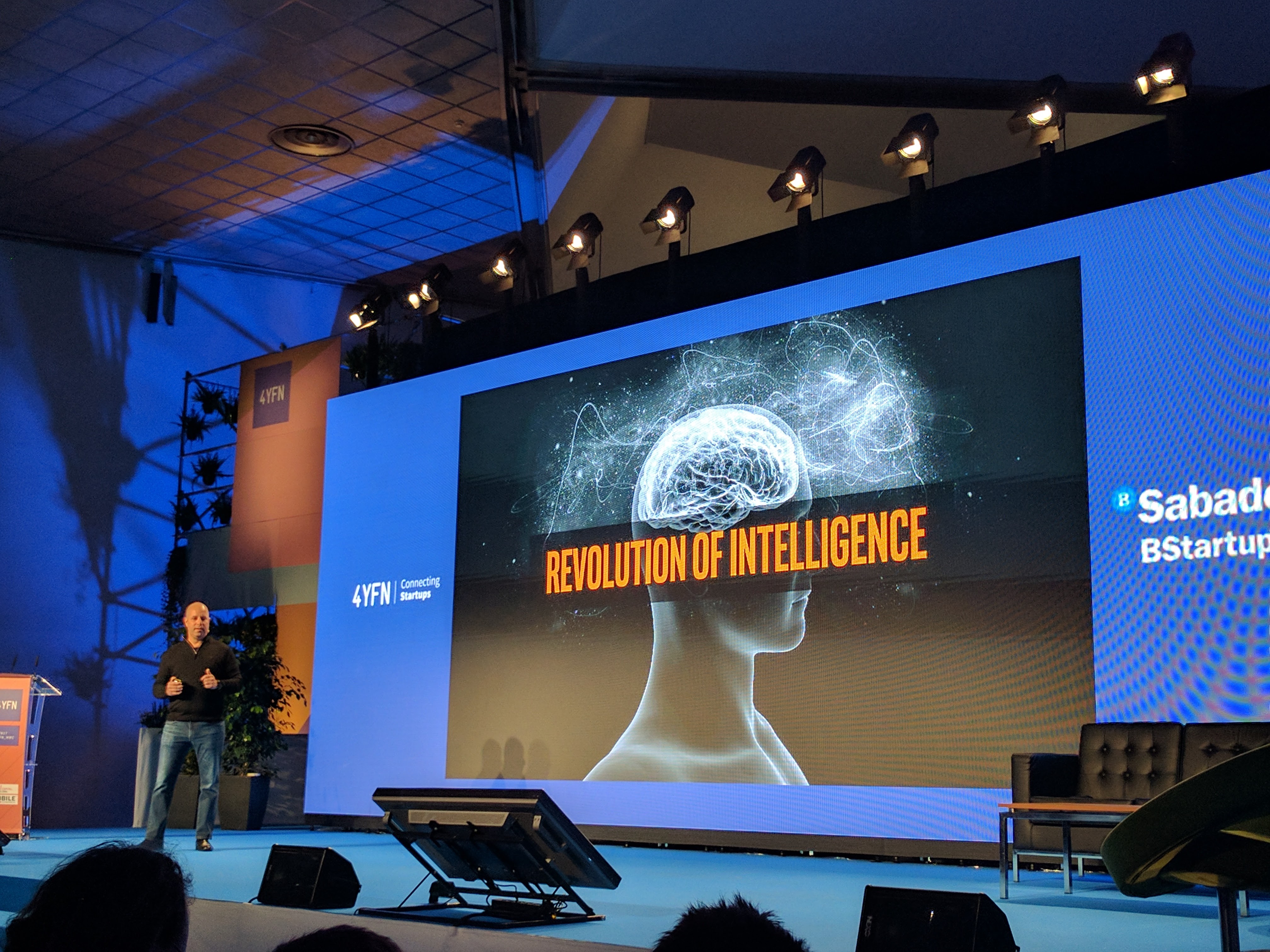As emerging technologies go, artificial intelligence (AI) has certainly taken its time in making its presence felt on the world.
Surprising as that may be, the term AI has actually been around for almost 70 years, having been first coined back in 1955 by computer scientist John McCarthy, a.k.a. the ‘father of AI’, the same year Emmett Brown invented time travel in the movie Back to the Future.
Since then, AI has experienced a largely stop-start existence, principally due to sporadic funding and below-par technology. In truth, the term AI has (arguably) gained more notoriety for storylines of killer robots (and the occasional Wall-e) hell-bent on destroying mankind than for its practical use and business benefits. But that’s all changing.

The Fourth Industrial Revolution
Thanks to breakthroughs in computing power, the advent and availability of big data, cloud hosting/storage, highly sophisticated software, and complex algorithms, the potential of AI is now starting to be fulfilled—with the business world being the biggest benefactors.
The market has reacted at pace. In recent years, billions of dollars have been invested by many of—if not all—of the world’s leading organizations into AI technologies (and companies), each of them looking to utilize some form of AI technology to future proof and improve their businesses, and/or create a competitive advantage
Various estimates suggest more than $46 billion will be spent on AI services by 2020 by businesses, a figure rising to above $51 billion 12-months later.
Where AI Will Have the Greatest and Earliest Impact
- E-commerce
- Customer Service (including call centers)
- Healthcare (including lifestyle)
- Automotive
- Cybersecurity
- Finance
- Legal
But What Is AI?
Before we go on (for the non-computer scientists out there), it’s perhaps worth clarifying a few things around what AI is and is not. Yes, AI can mean robotics, but the best examples of AI are purely software based rather than having a physical form.
There are hundreds, maybe thousands, of often extremely technical and confusing definitions banded around online and in various publications detailing what AI actually provides. Indeed, entire books have been written detailing the subject.
For a more technical and detailed description we recommend you visit your local library, or download a copy of one from the many AI authors out there—Nick Bostrom’s “Superintelligence: Paths, Dangers, Strategies” is a personal favorite of mine.
In its most simple form, AI is the study of methods for making computers behave intelligently and being able to replicate various characteristics of humans.
These can include identifying objects, sounds, understanding languages spoken, reading, and understanding content such as text and numbers.
Machine learning (ML) is another extremely important branch of AI that you'll often hear and read about. ML uses a more cognitive approach, using algorithms that enable it (whatever form factor ‘it’ may be) to combine what it’s been programmed to do, but also the capability of learning for itself through experience.
Where We Are
Depending on what you have seen, heard, or read (fictional or not), you may have different ideas as to what AI is and is not capable of at this stage. To offer some clarity there are three simple levels to be aware of:
1. Weak AI
AI capable of demonstrating human intelligence to carry out specific tasks.
2. Strong AI
AI capable of showing self-awareness, the ability to think and make decisions for itself to the same level as a human being.
3. AI Super Intelligence
AI showing superior levels of intelligence to human beings and fully in control of its existence.
For now—and for the foreseeable future—only Weak AI is currently relevant, so it’s time to remove any images of a leathered up, sunglasses wearing Arnold Schwarzenegger.
AI Terminologies You Need to Know
Algorithm is an unambiguous specification of how to solve a class of problems. Algorithms can perform calculation, data processing, and automated reasoning tasks.
Chatbot (also known as a talkbot, chatterbot, bot, IM bot, interactive agent, or artificial conversational entity) is a computer program or an artificial intelligence which conducts a conversation via auditory or textual methods. Such programs are often designed to convincingly simulate how a human would behave as a conversational partner.
Deep learning (also known as deep structured learning or hierarchical learning) is part of a broader family of machine learning methods based on learning data representations, as opposed to task-specific algorithms. Learning can be supervised, semi-supervised, or unsupervised.
A virtual assistant is a software agent that can perform tasks or services for an individual. Sometimes the term "chatbot" is used to refer to virtual assistants generally or specifically those accessed by online chat (or in some cases online chat programs that are for entertainment and not useful purposes).
Machine learning is a subset of artificial intelligence in the field of computer science that often uses statistical techniques to give computers the ability to "learn" (i.e., progressively improve performance on a specific task) with data, without being explicitly programmed.
Robotics is an interdisciplinary branch of engineering and science that includes mechanical engineering, electronics engineering, computer science, and others. Robotics deals with the design, construction, operation, and use of robots, as well as computer systems for their control, sensory feedback, and information processing.
Speech recognition is the interdisciplinary sub-field of computational linguistics that develops methodologies and technologies that enables the recognition and translation of spoken language into text by computers. It is also known as automatic speech recognition (ASR), computer speech recognition or speech to text (STT). It incorporates knowledge and research in the linguistics, computer science, and electrical engineering fields.
It’s Already Here
Examples of weak AI have widely been adopted by many different businesses and are in use today—you just might not realize it.
In fact, it’s a fairly safe bet that you’ve already unknowingly encountered some form of AI and machine learning technology before you started reading this article. Maybe even before you got out of bed.

Have you ever used Apple’s personal assistant, Siri? Or Google’s Alexa? Perhaps you’ve noticed how your emails can often now detect questions being asked of you and automatically provide you with a readymade short reply? How about your smart phone that seems to be able to predict sentences you’re about to type as you’re typing?
For those that like a bit of online shopping (such as Amazon) or video streaming (Netflix), have you ever wondered how those personalized recommendations are determined? What about Facebook and its ability to not only recognize there are people in the photo you’ve posted, but can sometimes even identify them, too?
They’re all using some form of AI, with the intention of bettering their customer’s experience, enhancing their financial opportunities and—unseen externally—improve their efficiency in workplace.
“You don't need to be a mathematics genius or have a PhD in software engineering to make sense of AI for your business.”

AI for All
“We are at the cusp of a new revolution, one that will ultimately transform every organization, every industry, and every public service across the world,” said Ralph Haupter, president, Microsoft Asia. “I believe 2018 is the year that this will start to become mainstream, to begin to impact many aspects of our lives in a truly ubiquitous and meaningful way.”
You may be forgiven for thinking the implementation of AI is something exclusively for the Fortune 500’s of this world...but you’d be wrong. Today, things are so advanced that there is unlimited growth potential with AI companies designed to support business like yours.
In essence, AI is something that can be packaged up and purchased on a monthly basis, like your broadband or phone. This model reduces significant costs associated with more bespoke in-house solutions.
“Every business should at a minimum make itself aware of AI progress in its industry.”
It also means the complexity is significantly removed (the ‘it doesn’t matter how it works as long as it works’ approach), meaning you won’t necessarily need to go and employ a qualified and expensive computer scientist.
“You don't need to be a mathematics genius or have a PhD in software engineering to make sense of AI for your business,” said Gartner analyst Whit Andrews. “You don't have to make massive investments in infrastructure and personnel in order to start applying AI's potentially transformative technologies.
“These technologies will transform the nature of work and the workplace itself,” he added. “Machines will be able to carry out more of the tasks done by humans, complement the work that humans do, and even perform some tasks that go beyond what humans can do. As a result, some occupations will decline, others will grow, and many more will change.”
Competitive Advantage
So, why should you and your business consider implementing AI? Could it be just a fad? Will it really benefit you?
The answers are wide, extremely varied, and will be largely unique to your own business. There may be some obvious areas of your business you'd like to improve upon—be it financially or operationally motivated.
The magnitude and inevitability of AI cannot be ignored, nor underestimated. Many AI experts and professionals have described the potential impact of AI on businesses as being equivalent to the invention an adoption of the personal computer and email.
Some suggest that AI can help boost revenues by around 20 percent, while others warn that any business currently not at least thinking about adopting some form of AI could already be two years behind a rival. Further delays could even result in their demise further down the road due to losing a competitive advantage.
Do or Die
“More than one-third of businesses will not survive the next 10 years,” said John Chambers, the now former CEO of Cisco during a discussion on AI. “Companies should not miss the market transition or business model nor underestimate your competitor of the future—not your competitor of the past.”
Ovum principle analyst, Michael Azoff added: “Every business should at a minimum make itself aware of AI progress in its industry.”

Getting Started
The first thing to remember is what the purpose of AI actually is and identifying how it can benefit your business. From speaking to various professionals in the field, it can be narrowed down to two core reasons: solving existing problems and discovering/identifying new opportunities.
At its core, AI is fueled by data, which can come in many different forms for many different uses. Emails, newsletters, subscriptions, views to your website, downloads, and sales are just some examples of where data can be collected.
On its own, that data may not seem useful. However, contained within, it could be the difference between success and failure or profit and loss. This is where AI comes into play, and where it would be able to—in many instances—do the job of a human.
A famous quote within AI circles comes from Michael Palmer of the Association of National Advertisers sums it up well: “Data is just like crude [oil]. It’s valuable, but, if unrefined, it cannot really be used. It has to be changed into gas, plastic, chemicals, etc. to create a valuable entity that drives profitable activity; data must be broken down and analyzed for it to have value.”
Today, the bulk of that potentially valuable data held in companies is still not being utilized. “If we look at the amount of data which is actually being analyzed today, only 20 percent of the data we have is searchable and being used productively,” said IBM chairman, president, and CEO Ginni Rometty during a discussion on the subject. “The other 80 percent is held inside companies, generally not being used.”
Impact on Jobs
One of the more universal drivers for AI is centered around automation—a word often which spreads fear when discussing the risks to people’s professions. Areas like administrative work (such as data processing and data collection) are widely seen as function where AI will support—or even replace—humans.
AI and Careers
According to Oxford University, the following professions each have a 99-percent probability of being replaced by computers in the future.
- Data Entry Keyers
- Library Technicians
- New Accounts Clerks
- Photographic Process Workers and Processing Machine Operators
- Tax Preparers
- Cargo and Freight Agents
- Watch Repairers
- Insurance Underwriters
- Mathematical Technicians
- Sewers, Hand
- Title Examiners, Abstractors, and Searchers
- Telemarketers
Meanwhile, the following professions are said to be widely safe from AI replacement.
- Recreational Therapists
- First-Line Supervisors of Mechanics, Installers, and Repairers
- Emergency Management Directors
- Mental Health and Substance Abuse Social Workers
- Audiologists
- Occupational Therapists
- Orthotists and Prosthetists
- Healthcare Social Workers
Some figures suggest almost half of all activities at work could eventually be automated, while Price Waterhouse Cooper estimates AI powered machines could take up to 30 percent of UK jobs by 2030. The Bank of England has estimated that 15 million jobs may be at risk.
“If your work is repetitive and not creative, you will be gone very soon,” was a stark warning Dr. Roman V. Yampolskiy, a professor in the department of computer engineering and computer science at the Speed School of Engineering, University of Louisville.
Bart Selman, a professor of computer science at Cornell University, was quoted as saying: “A lot of large companies have middle management jobs where people manage other people at a very low-level in terms of keeping track of things like vacations and sick days. Those jobs I believe are at risk. Jobs that involve a large routine component. If you’ve made the proper investment, you can develop an AI system that can take over a good fraction of those jobs. A lot of big companies have a lot of those positions and will be looking at it.”
Examples of automation and loss of jobs can be seen all over the world today. Some of the headline grabbing stories include that of a Japanese law firm, Fukoku Mutual Life, which invested more than $1.7 million building an AI platform with IBM Watson, has used the technology to replace more than 30 staff members. The annual savings for the firm is predicted to be around $1 million a year.
“The next wave of economic dislocation won’t come from overseas,” President Barack Obama said in 2017 during his farewell address. “It will come from the relentless pace of automation that makes many good middle-class jobs obsolete.”
Spotting an Opportunity
Another major area for AI adoption is within sales. There are now examples of where AI, using natural language processing software and specific algorithms, is able to spot patterns (in data), to identify new opportunities and provide a level of analysis in just a few seconds.
This can vary greatly. Examples include gaining greater knowledge on customer’s viewing and buying behavior—i.e, what they’re looking at and when they most likely buy (such as pay day).
Another might be identifying the best time to send bespoke marketing and promotional materials or newsletters to specific customers rather than en masse as part of a one-size-fits-all strategy. Another could be automatically identifying cold customers that haven’t transacted with you for a while and send them updates, reminders, or special offers to help get things over the line.
The Future of AI
These are just a handful of examples of how and where AI is already proving significant benefits and opportunities for businesses all over the world.
It’s important to realize these are all current technologies, with this article designed to demonstrate and educate you as a businessperson, what is available today, rather the stargazing into the future.
The AI revolution is here and it will—if it doesn’t already—play a key role in the future of the way your business runs and performs. When you decide to get on board is up to you. I’ll leave you with this quote from Gartner: “As vendors exploit AI software capabilities within business suites, enterprise applications, infrastructure support services, and the customer experience, your organization will need new or updated strategies. Ready or not, AI is coming to you.”
